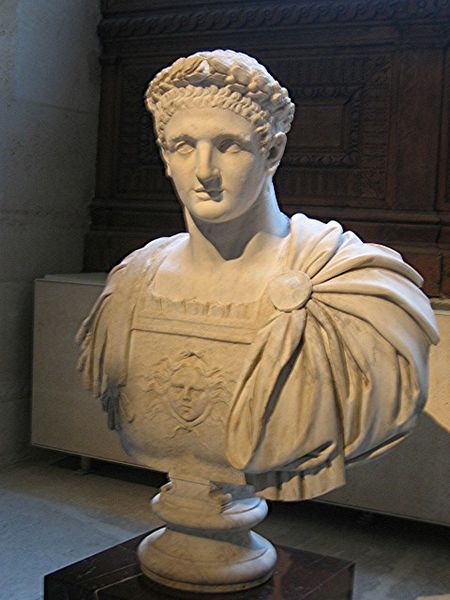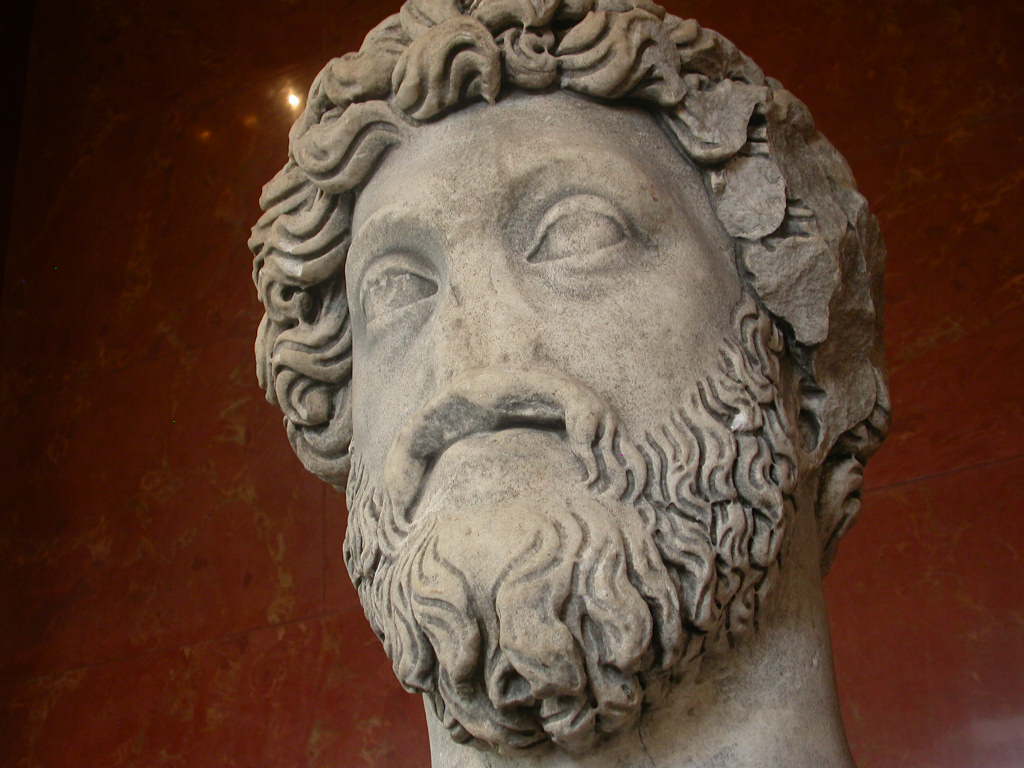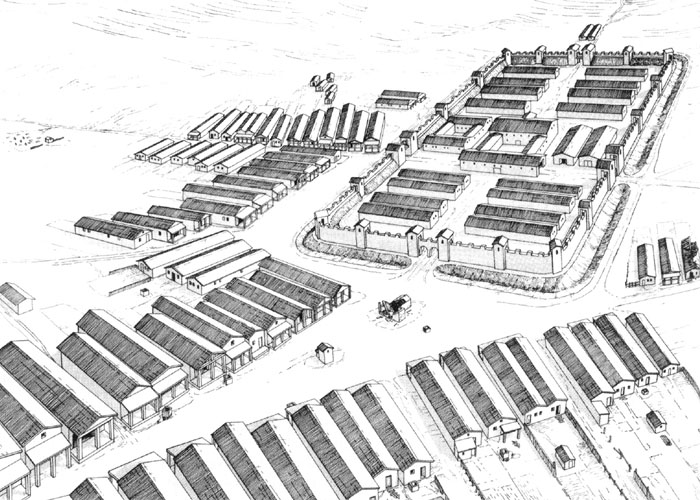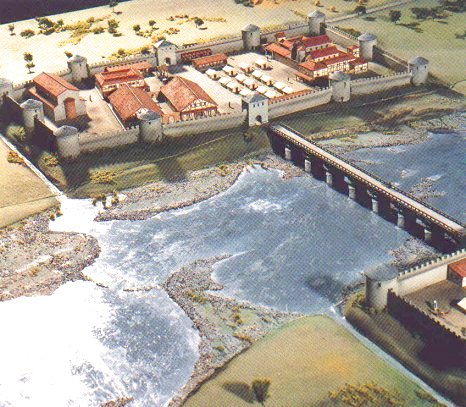
|
||||||||||||||||||||||||||||||||||||||||||||||||||||||||||||||||||
Voir Article en Anglais de Carole Raddato
Le camp romain de la Sallburg
EnglishTranslation .jpg) Dans un article parut dans la partie histoire de Maquetland je vous ai présenté le limes romain en Allemagne Rappel Historique.
Le limes était une ligne de défense qui devait empêcher les Barbares d’envahir le monde romain. Il était gardé par des troupes auxiliaires formées de fantassins ou de cavaliers qui étaient cantonnés dans 75 camps permanents établis environ chaque 10 km le long de la frontière.
Il est situé près de Bad Homburg dans le massif du Taunus (au nord-ouest de Frankfurt am Main), et c’est le seul camp romain camp romain ayant fait l'objet d'une restauration complète.
En pénétrant dans le fort par la porte principale ou porte prétorienne nous entrons dans l’univers du soldat romain. La porte est ouverte dans la muraille elle se présente comme une ouverture encadrée par deux tours Après avoir franchi l’enceinte vous trouvez au croisement de la voie prétorienne et de la voie principale un bâtiment qui est l’Etat major ou Quartier général du camp son nom romain est Principia .et il regroupe en son sein les services administratifs du camp.
Roman Camp of Sallburg
.jpg) In an article published in Maquetland I presented to you the Roman Limes in Germany I have explained briefly what the Limes, why the how of its construction. I invite you to read this article to get a clearer picture. In this article it is mentioned that the Romans had built in the intervals of bunkers or most important strengths. With this walk araounday, which is presented to you, you can visit a Roman camp. It was made possible through the assistance of CRDP of Strasbourg which allows the use of these photos gratis I therefore the Roman camp of the Saalburg at a few kilometers away from Frankfurt am Main. The military camp was completely rebuilt by the willingness of the last German Emperor Wilhelm II between 1897 and the 1907th. Indeed Wilhelm II wanted to rebuild on the ruins even all that is presented to you Background History.
The limes was a line of defence which was to prevent the Barbarians to invade the Roman world. He was guarded by auxiliary troops trained infantrymen or cavalrymens who were quartered in 75 permanent camps established approximately every 10 km along the border. The camp of the Saalburg is therefore part of them and it was built in the province of Germania (current Palatinat)
It is located near Bad Homburg in the mountain of Taunus (northwest of Frankfurt am Main), and is the only Roman camp Roman camp which has been completely restored. In addition, this site offers visitors various museums gathering evidence of the life on the military limes Germanic ain the I° and the II° century of our era and a restaurant where you can eat in fashion romaine.The first fort was built in Wooden during the reign of Domitien to house 150 soldiers when the emperor led a war against Chattes in 89 after Christ.
In 135 AD Hadrian expands camp that can accommodate about 1000 soldiers who are still protected by a wall of wood replaced during the reign of Marcus Aurelius by a stone wall. It was a forum consisting of 2 dry stone walls, 80 cm thick, placed two meters from one another. Linked by large transverse beams The total thickness of the wall was 3.60 m. In 260 AD when the Romans during the reign of conducting a general decline on the Rhine camp was abandoned. Description.
On entering the fort through the main door or gate praetorian we enter the world of Roman soldier. The door is open in the wall it looks like a framed by two towers After passing the surrounding wall you find at the crossroads with the praetorian track and the main track a building that is the HQs of the camp's Roman His Roman name is Principia. and it brings together the administrative departments of the camp. At the centre of the camp today, there is still the remnants of the first camp in the woods. Within this building is a large room covered to serve as hall of Appeal This room should be decorated busts of emperors. At the Sallburg this room has been decorated with modern bronzes emperors Hadrian and Alexander Severus. In the inner courtyard lined with porticoes you find 2 buildings A chapel or Aedes were are stored eagles and insignia of troops. Indeed since Marius eagle or Aquila is the emblem of the Roman legion. Each infantry unit (centurie, manipulates, cohort) had a banner (signum). The cavalry (alae) gathered behind a banner (vexillum). This emblems were venerated ands they were deposited in the sanctuary of the camp. Here you will find signs reconstructions of the Roman Empire. (Eagle legion, vexillum of the VII Rhètes cohort, a sign decorated with phalères (honorary plaques), two Alea vexilla cavalry. The building also housed the emperors images, representations of deities and protectors and in a cellar, the treasure of the camp. The armory used as a weapons depot and ammunition.We are also different in the compound housing barracks for the troops they are all wooden shack each could house a centurie The soldier lived in barrack room or contubernia but the ceinturions has a special room The impedimenta were stored in the barracks. There were publics baths in the barracks but also outside (about 30 meters from the southwest corner of the camp lie the ruins of a thermal center with all the refinements (hypocausts among others) You know also what around all military camps there were lot of civilian personnel who lived around the camp thanks to him Indeed trade or human held between the Roman and peoples around It should be known that until the reign of Caracalla on the Roman soldier could not marry When time had completed his military Romain State gave him a piece of land in general near the limes that he could grow, but also had to defend
He was right then to marry formally. This is the theory but in practice was common cohabitation and the authorities were closing their eyes to the practice. The wall pierced at the polar opposite of the Porta praetoria had to name Porta principalis dextra she was flanked by two square towers, it was connected to the porta principalis sinistra Via principalis. To the north was the North gate of the camp opened in the wall. A spur of the Roman road bypassing the camp is led by the Limes itself (200m camp which allowed happening in the world barbarians Many thanks to the Strasbourg CRDP Http://www.saalburgmuseum.de |
|
Droit d’auteur La plupart des photographies publiées sur ce site sont la propriété exclusive de © Claude Balmefrezol Elles peuvent être reproduites pour une utilisation personnelle, mais l’autorisation préalable de leur auteur est nécessaire pour être exploitées dans un autre cadre (site web publications etc) Les sources des autres documents et illustrations sont mentionnées quand elles sont connues. Si une de ces pièces est protégée et que sa présence dans ces pages pose problème, elle sera retirée sur simple demande. Principaux Collaborateurs:
Nb
de visiteurs:8681213 Nb
de visiteurs aujourd'hui:12288 Nb
de connectés:151
| ||||||||||||||||||||||||||||||||||||||||||||||||||||||||||||||||





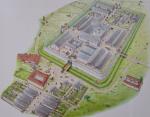
_resultat.jpg)
_resultat.jpg)
_resultat.jpg)
_resultat.jpg)
_resultat.jpg)
_resultat.jpg)
_resultat.jpg)
_resultat.jpg)
_resultat.jpg)

_resultat.jpg)
_resultat.jpg)
_resultat.jpg)
_resultat.jpg)
_resultat.jpg)
_resultat.jpg)
_resultat.jpg)
_resultat.jpg)
_resultat.jpg)
_resultat.jpg)
_resultat.jpg)
_resultat.jpg)
_resultat.jpg)
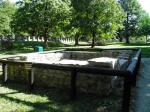
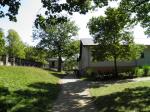
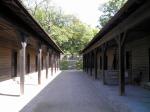
_resultat.jpg)
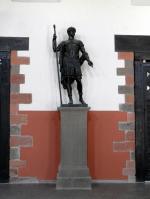
_resultat.jpg)
_resultat.jpg)
_resultat.jpg)
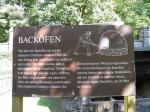

_resultat.jpg)
_resultat.jpg)
_resultat.jpg)
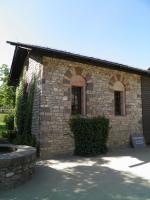
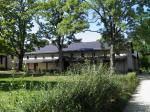

_resultat.jpg)
_resultat.jpg)
_resultat.jpg)
_resultat.jpg)
_resultat.jpg)
_resultat.jpg)
_resultat.jpg)
_resultat.jpg)
_resultat.jpg)
_resultat.jpg)
_resultat.jpg)
_resultat.jpg)
_resultat.jpg)
_resultat.jpg)
_resultat.jpg)
_resultat.jpg)
_resultat.jpg)
_resultat.jpg)
_resultat.jpg)
_resultat.jpg)
_resultat.jpg)
_resultat.jpg)
_resultat.jpg)
_resultat.jpg)
_resultat.jpg)
_resultat.jpg)
_resultat.jpg)
_resultat.jpg)
_resultat.jpg)
_resultat.jpg)
_resultat.jpg)
_resultat.jpg)
_resultat.jpg)

_resultat.jpg)
_resultat.jpg)
_resultat.jpg)
_resultat.jpg)
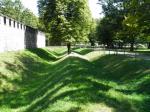
_resultat.jpg)
_resultat.jpg)
_resultat.jpg)
_resultat.jpg)

_resultat.jpg)
_resultat.jpg)
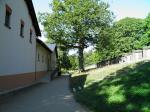
_resultat.jpg)
_resultat.jpg)
_resultat.jpg)
_resultat.jpg)
_resultat.jpg)
_resultat.jpg)
_resultat.jpg)

_resultat.jpg)
_resultat.jpg)
_resultat.jpg)
_resultat.jpg)
_resultat.jpg)
_resultat.jpg)
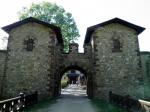

_resultat.jpg)
_resultat.jpg)
_resultat.jpg)
_resultat.jpg)
_resultat.jpg)
_resultat.jpg)
_resultat.jpg)
_resultat.jpg)
_resultat.jpg)
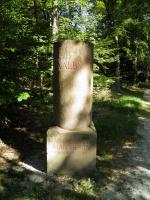
_resultat.jpg)
_resultat.jpg)
_resultat.jpg)
_resultat.jpg)
_resultat.jpg)
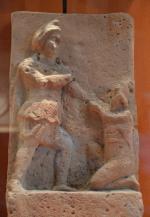
_resultat.jpg)
_resultat.jpg)
_resultat.jpg)
_resultat.jpg)
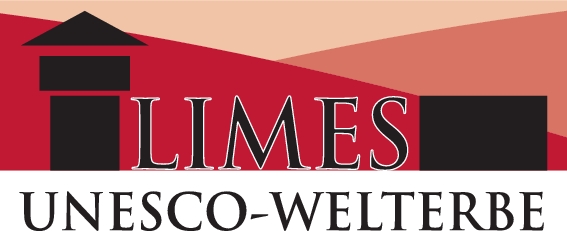
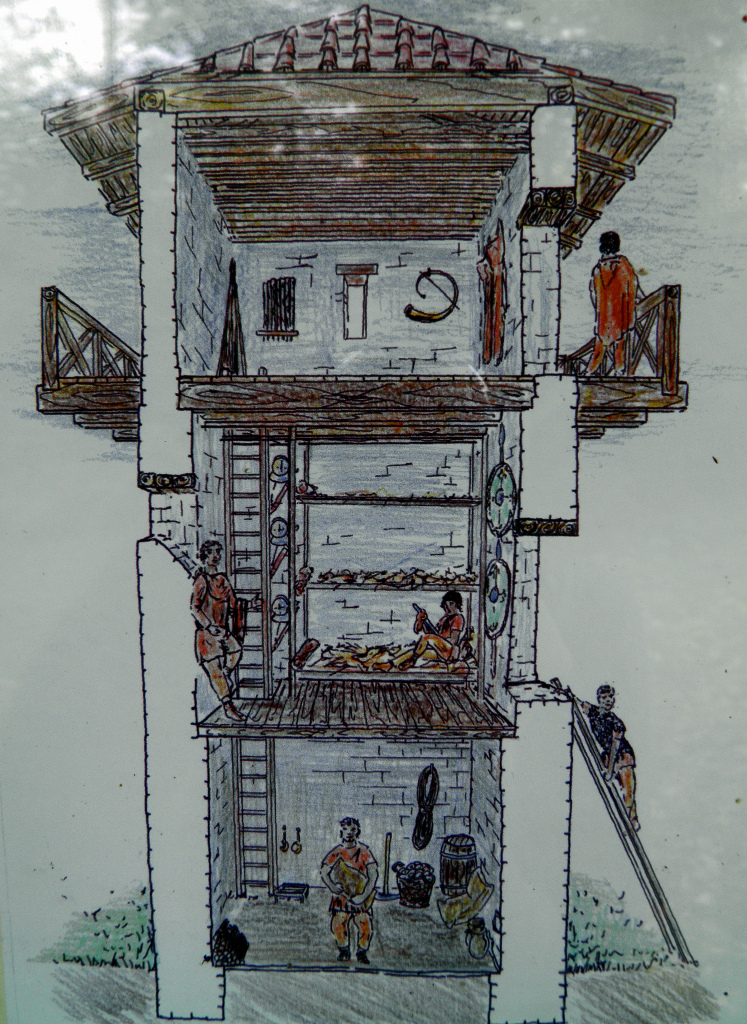

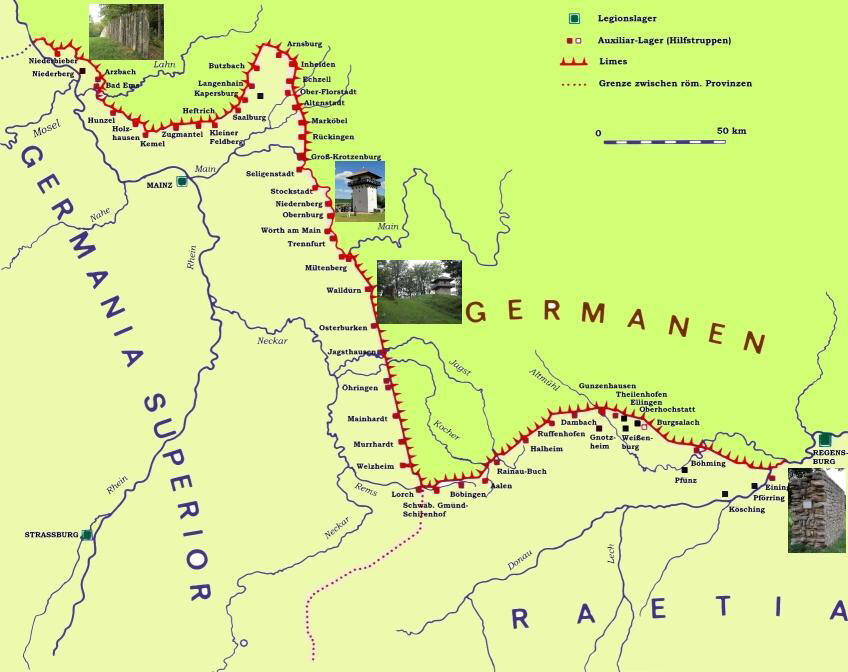
.jpg)
